PP Woven Bags
PP Woven Bags, also called Woven Polypropylene Bags & Poly Fabric Bags & Plastic Woven Sacks, crafted by interweaving polypropylene tapes into a durable fabric structure. They are manufactured through extrusion, drawing, weaving, and bag-making processes to form durable, lightweight plastic bags. It is characterized by high tensile strength, corrosion resistance, moisture-proof properties, and heat stability.
VidePak produces high-strength PP woven bags made from 100% virgin polypropylene (PP), and offers tear resistance, UV protection, anti-slip surfaces, and optional PE waterproof coatings.
Key Specifications
Thickness: 80–120 microns, customizable
Grammage: 80–150 GSM
Sizes: Customizable such as 40×60 cm to 120×180 cm
Capacity: 5 kg to 50 kg
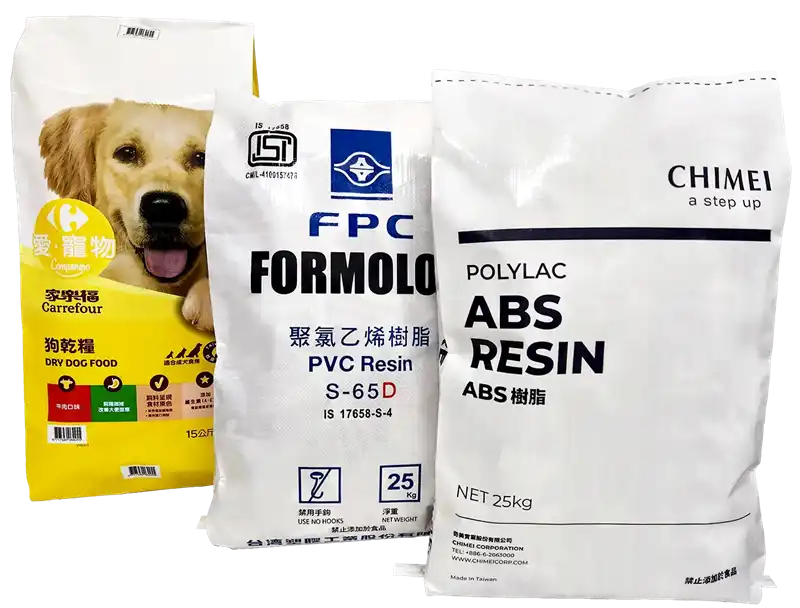
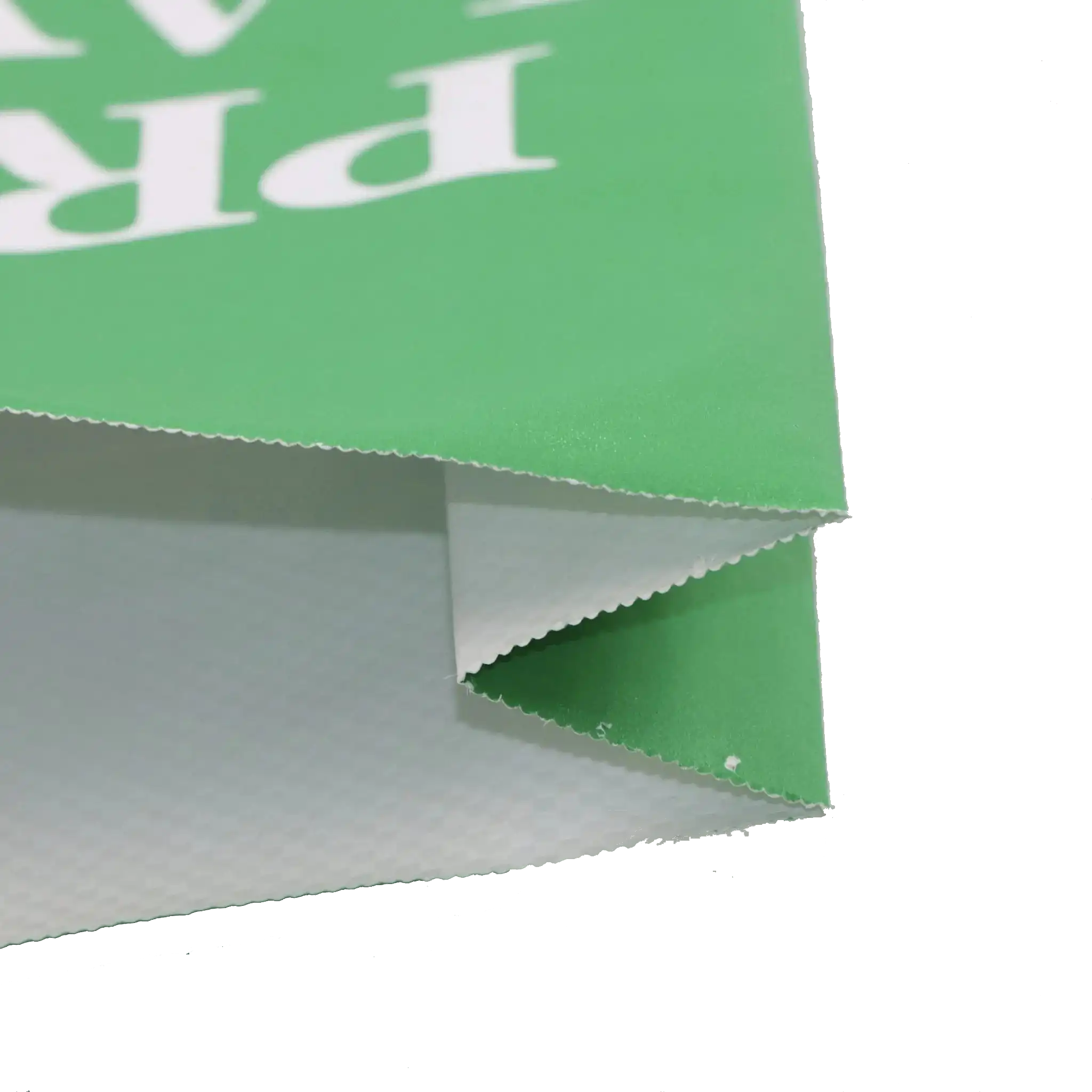
Multiple Design
- Flat Type: Compact design for uniform-shaped products.
- Gusseted Type: Expandable sides for increased volume flexibility.
- Fold-over stitching
- Fold-over stitching with PE tape
- Heat-sealed tape stitching
- Block Bottom (self-standing stability)
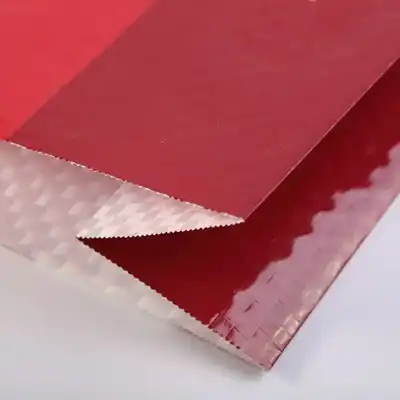
Side Type
M type gussets and flat side are both available for choice

Block Bottom
Block bottom design for upright stability and space efficiency
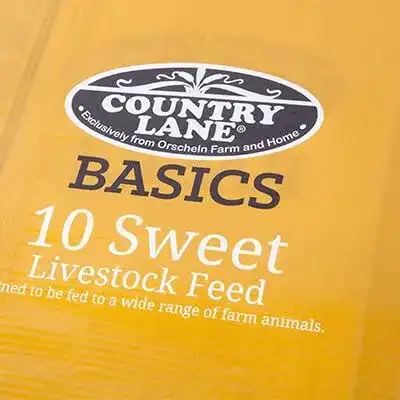
Anti-Slip Treatment
Anti-slip texture is good design for secure stacking safety
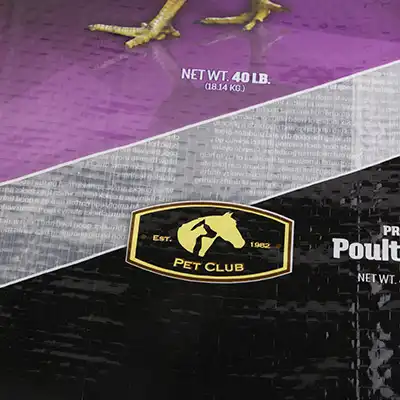
Transparent Window
Transparent window for content visibility and checking
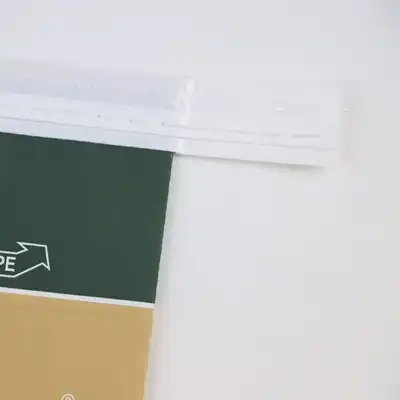
Stitching
Offer fold-over, heat sealed, and PE tape fold over
Laminated PP Woven Bags
To meet diverse market needs, we combine PP fabric with different materials.
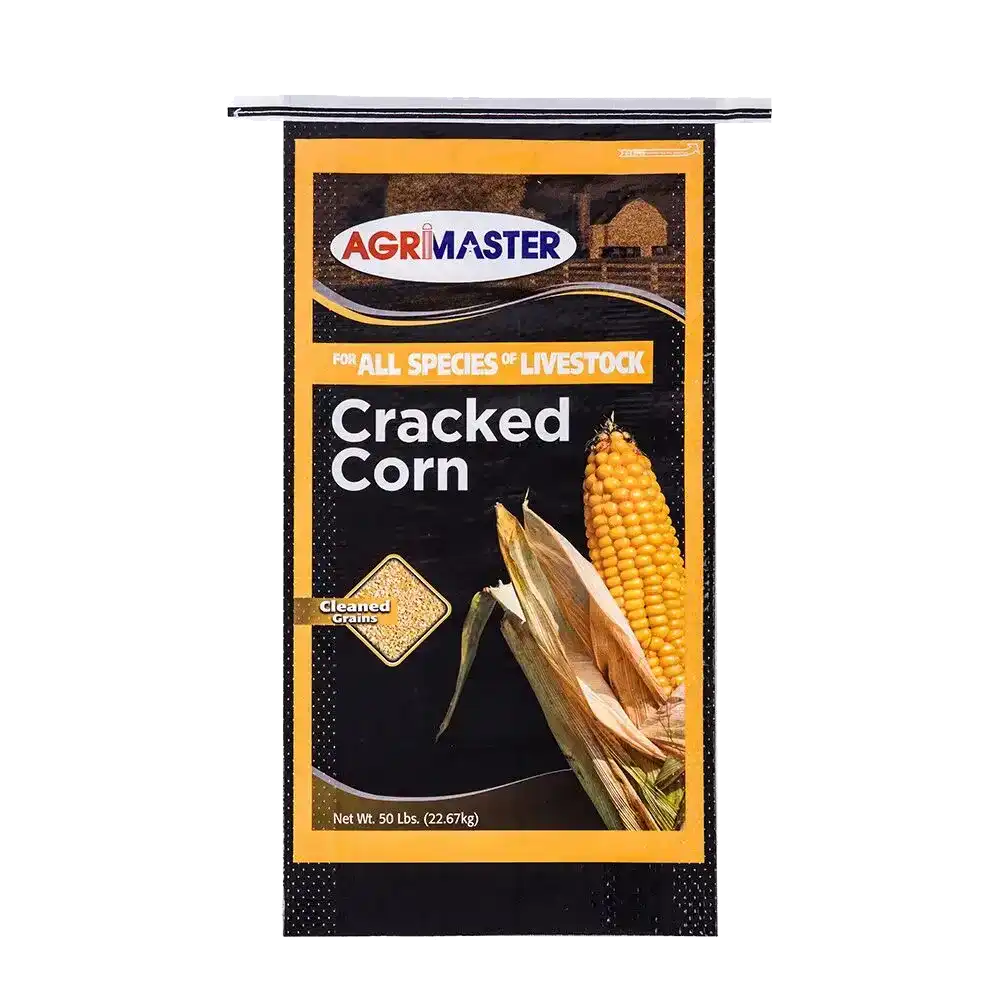
BOPP PP Woven Bags
Enhanced printability and gloss with Biaxially Oriented Polypropylene lamination.
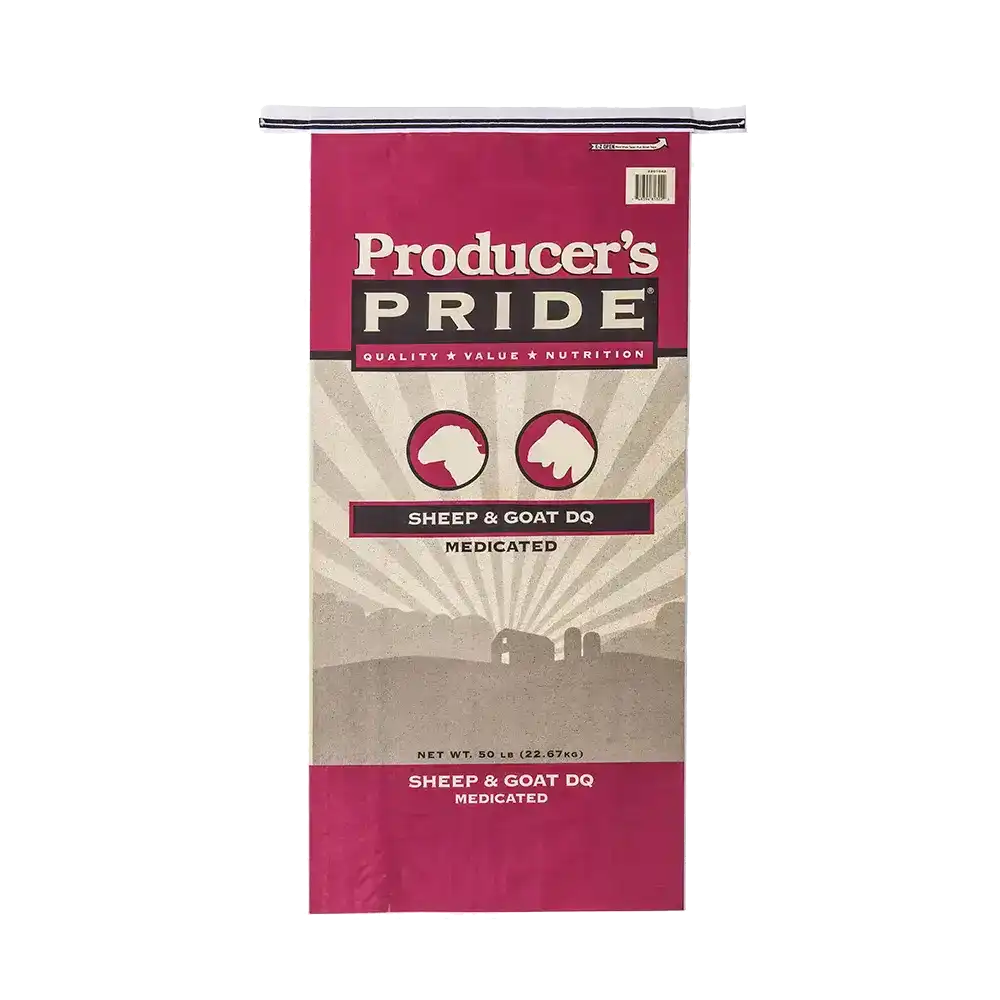
Poly-Paper bags
Kraft Paper Composite PP Woven Bags, an Eco-friendly hybrid with paper lamination for rigidity and recyclability.
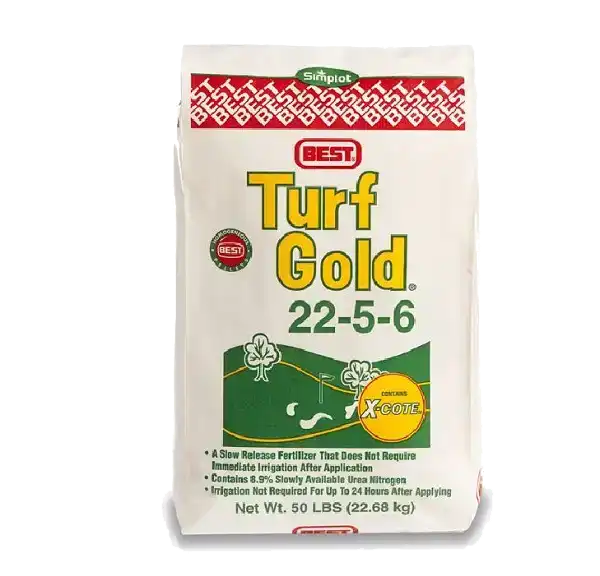
Waterproof PP Woven Bags
Offering Inner polyethylene layer or PE Inner bags for 100% moisture protection.
Why Choose Us
17 Years
Production Experience in PP Woven Bags
Best equipments
Best Equipments from Starlinger and W&H.
300 Million pcs
Massive Production Capacity.
Customization
Printing, Size, Thickenss, Bottom Pattern etc.